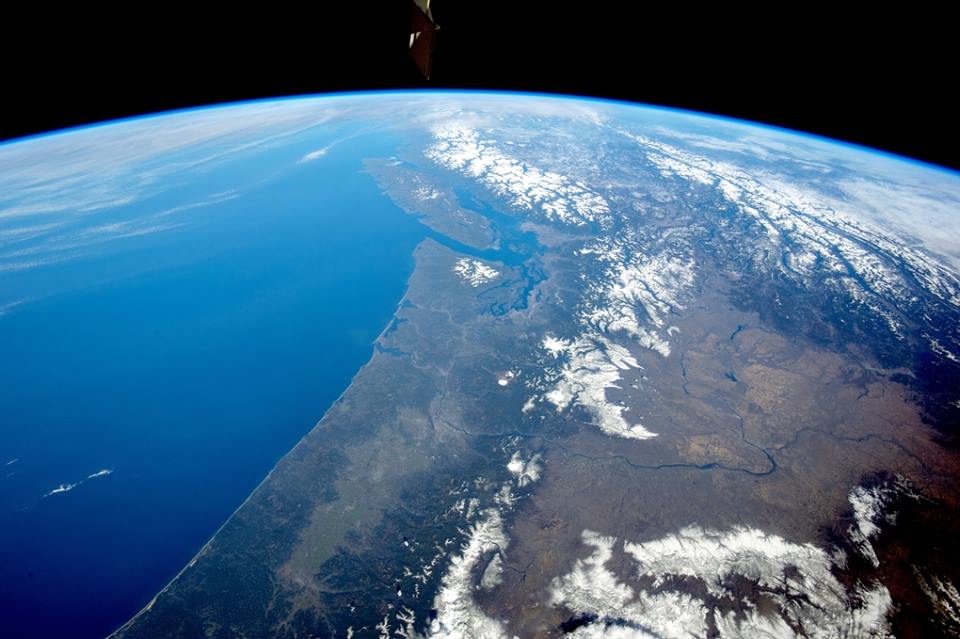The name “Cascadia,” goes back over 100 years. The first written use for the full geologic region of Cascadia,
was by Bates McKee, in his geological textbook “Cascadia: The Geologic Evolution of the Pacific Northwest”, originally published 1972.
Though the name “Cascadia” is used in the geosciences, bioregionalism, and now in popular culture, we also acknowledge
that this bioregion has many other names, including the Chinook jargon name of Chinook Illahee, meaning, “the land of the Chinook language speakers.”
With that, we also acknowledge this region has a rich history of diverse cultures extending back to time immemorial.
The founder of the Cascadian Institute, Professor David Mcclosky was the first to fully map the Cascadia bioregion, and apply the name Cascadia to the bioregion.
The idea of bioregions evolved from Allen Van Newkirk, Peter Berg, Judy Goldhaft, Raymond Dasmann, et al.
Bioregions are defined through physical and environmental features, including hydrology boundaries (watershed), and soil and terrain characteristics.
Berg and Dasmann state, “a bioregion can be determined initially by use of climatology, physiography, animal and plant geography, natural history and other descriptive natural sciences.”
Peter Berg’s three goals of bioregionalism:
The Cascadia Bioregion is the area of the United States and Canada,
commonly referred to as the "Pacific Northwest." This area encompasses Oregon,
Washington, Southeastern Alaska, Western Canada, Western Montana, Northwestern Wyoming,
Idaho, Northeastern Nevada, and Northern California.

Cascadia From Space
CASCADIA, PACIFIC NORTHWEST – Monday, June 26, 2017 – The Cascadia Coalition Against Hate does not promote, permit, or condone any behaviors or actions of a sexist, racist, derogatory, or discriminatory nature.
We do not tolerate hate-filled ideology, supremacy, oppression or hatred in any form for any reason. Moreover, we outright condemn all hate groups, their actions and ideals, as they run contrary to the core Cascadian bioregional beliefs and tenets. These groups threaten to undermine the sacred relationship between biodiversity and nature, which is the crux of life.
We believe these tenets; respect, justice, equality, which aid in preserving and nurturing our home, the cultures of individual communities, and their interactions
We make this statement against hate and hate-filled ideologies because of a recurring political climate where select individuals and groups seek to co-opt the Cascadia name and its icons for malicious action and intent. We strongly disavow such hate groups and demand them to cease and desist their attempts at co-option and perversion of the name and symbols of Cascadia.